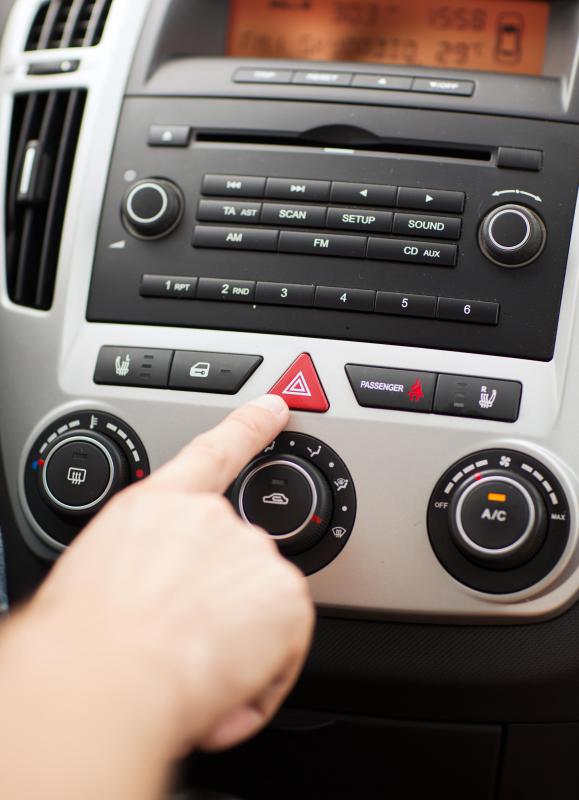Follow along with the video below to see how to install our site as a web app on your home screen.
Note: This feature may not be available in some browsers.
How do you propose to use the relay contacts to activate the turn signals?This pulse outputs will be used to activate/deactivate the turne signal lights that o this car is controled completly by canbus type comunication and can not be hardwired.

Can You make a diagrama for that. Thanks in advance.I would suggest using an exclusive or gate. One input connected directly to the switch output and the other input via a resistor (Say 10K) and a capacitor (Say 100 nF) between that input and ground. The output will pulse high for the short time that the inputs are different. The output of this could then trigger a NE555 timer to produce the 2 to 4 second delay. It MIGHT even work without the 555 just by having a longer time constant for the capacitor/resistor delay network on the input of the exclusive or gate. As you would probably use a cmos gate you would need a transistor on the output to provide enough current to drive a relay.
Les.
Interesting. I will try it out and see if it works. Thank You very much. Is the 555 necesarry or could it work with a transitor?This circuit should do what you want. I had forgotten that thew 555 requires a negative trigger pulse so I have used one of the XOR gates in the package as an inverter. ( You could use an 4077 instead of a 4070 and you would nit need to invert it's output.)
View attachment 101185
The large decoupling capacitor (C6 1000 uF ) are to try to make it less likely to be triggered by noise on the 12 volt supply.
Les.
Could someone enlighten me on why do the hazard lights need to be held for three seconds before they start working? I don´t know how it goes in the US, but here in Europe if you go on a highway and have to brake suddenly so you don´t hit the end of a congestion (caused by an accident or whatever) you immediatly turn on the hazard lights so that you don´t get rear-ended. Three seconds delay is the difference between life and death if there is less than perfect visibility.
arm755:View attachment 101183
I hope this diagram will leave it more clearly on how the emergency light button Works:
One push to the button to activate the turn signal lights, second push to the button to desactivate the turn signal light.
 That isn't what you asked for originally. The original post wanted switch closure and switch opening each to generate a pulse. Our efforts so far have been aimed at that original requirement.
That isn't what you asked for originally. The original post wanted switch closure and switch opening each to generate a pulse. Our efforts so far have been aimed at that original requirement.arm755:
This clears it up...
However, I would like you to make a couple of measurements with a DVM.
1. Set the DVM to DC Volts mode to read ~15V. Put the red probe on the "BSI/ECU" signal. Put the black probe on car's ground (chassis ok). Measure the open-circuit voltage and tell us...
2. Set the DVM to DC mA mode, start on the 1A scale. Put the red probe on the "BSI/ECU" signal. Put the black probe on car's ground (chassis ok). Measure the current. You may have to make the meter more sensitive. Do not be surprised if you turn on the flashers while making this test. Tell us the current reading with probes connected.

